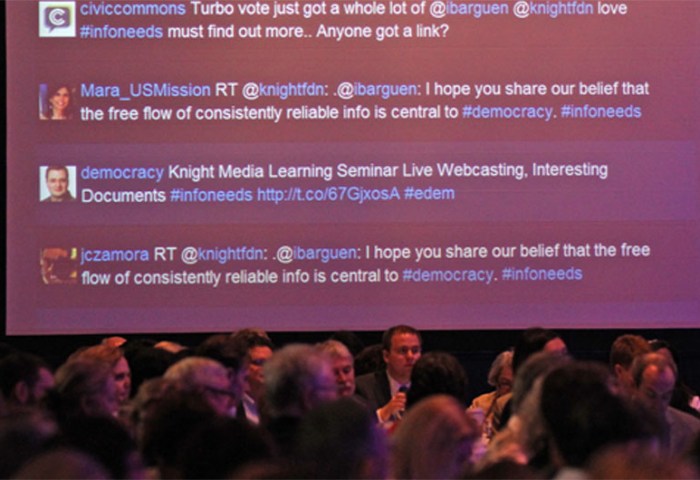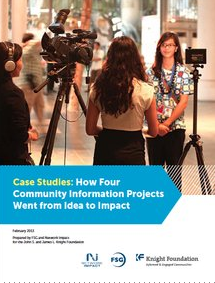The following, written by Knight’s Vice President of Strategy and Assessment Mayur Patel, is cross-posted from the Global Forum for Media Development. Above: Finding a Foothold: How Nonprofit News Ventures Seek Sustainability from Knight Foundation. Basic numbers tell an incomplete story about the effects of journalism, according to Mayur Patel, the Knight Foundation’s vice president of strategy and assessment. If […]
Article · December 19, 2013 by Mayur Patel



